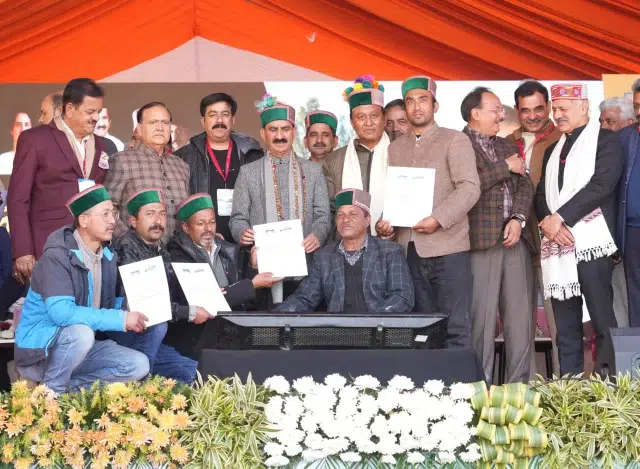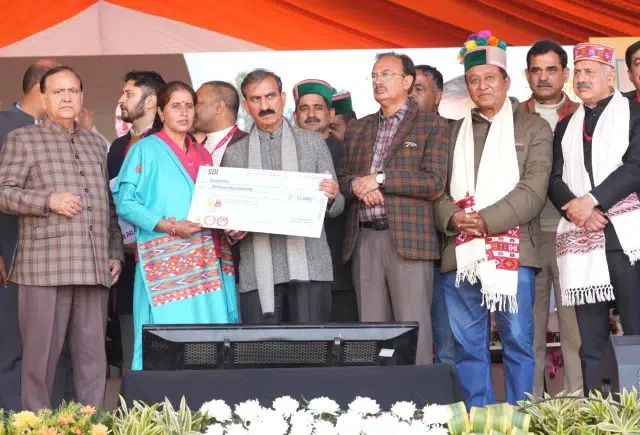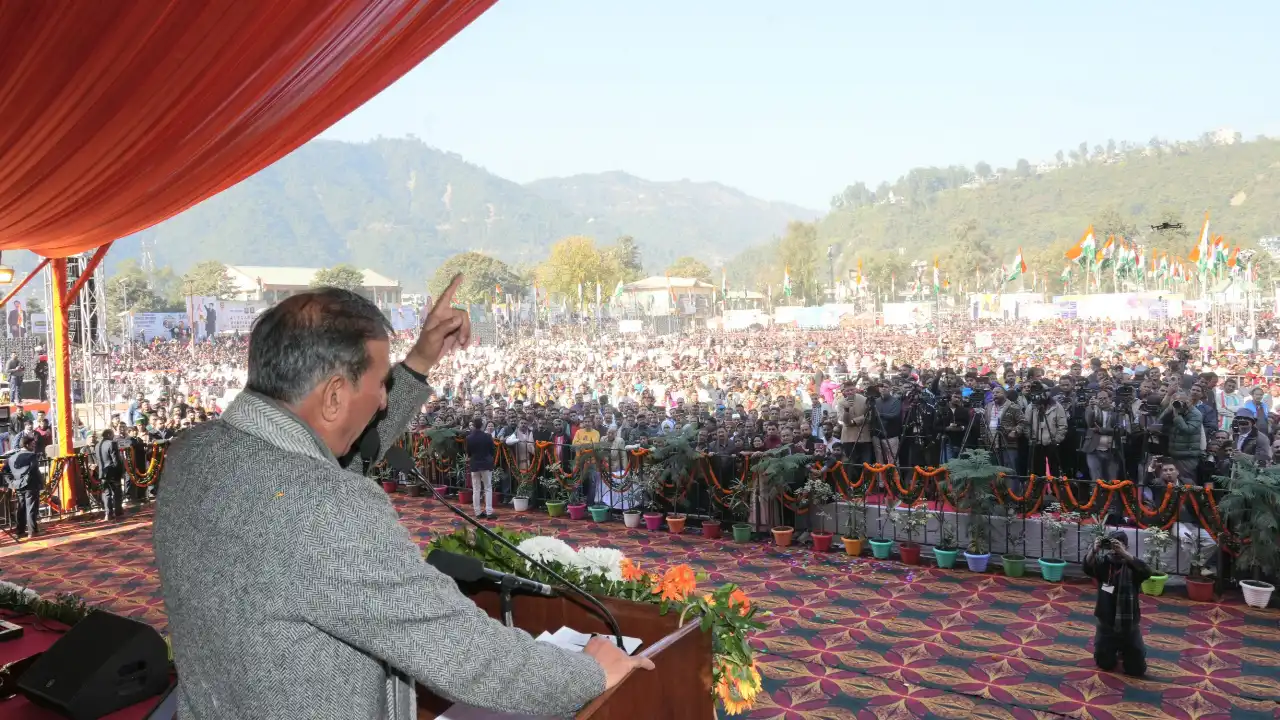Why #CreateInIndia Matters
3 min read
India’s key to owning the narrative and economics of the next centurymodi
For centuries, Western nations have reaped the rewards of their focus on innovation, intellectual property (IP), and the relentless pursuit of technological advancement. By glorifying creation, often over manufacturing and service, these nations have not only monetized their inventions but also exported their ideas globally, establishing themselves as economic powerhouses. The United States, for instance, transformed industries through disruptive technologies like the internet, pharmaceuticals, and aerospace, creating global demand for their products and services. Similarly, European nations have led in sectors like infrastructure (think about the economic advantage of railroads), automotive engineering and luxury goods, where innovation and IP are at the core of their global dominance.
In contrast, economies like India and China historically anchored their growth on manufacturing and services—both positioned lower on the value-addition spectrum. This approach, while effective for driving industrialization and job creation, did not prioritize innovation or IP creation, the intellectual asset that is actually monetizable, leaving these nations as consumers rather than creators of advanced technologies.
China, however, has broken away from this model in recent years, making massive investments in innovation, intellectual property, and tech platforms. The country has developed cutting-edge technologies in fields like telecommunications, social media, and gaming, exemplified by global giants such as Huawei, TikTok, and Tencent. These efforts have not only strengthened China’s domestic economy, positioned it as a formidable global exporter, and given it access to priceless data from across the world.
India, on the other hand, followed a different trajectory. Instead of focusing on productization and technology creation, India became synonymous with contact centers, Global Capability Centers (GCCs), and IT services. This positioning earned India the moniker of the “backroom of the world,” a role that, while economically beneficial, left the nation lagging in terms of innovation and high-value technology creation. While India excelled in providing services, it often supported the innovation and product development efforts of other nations rather than leading them.
However, the past decade has witnessed a significant shift in India’s global stance. India has emerged as a geopolitical force, flexing its muscles in various domains. Diplomatically, India has taken a more assertive position on the global stage, engaging in strategic partnerships with major powers while maintaining its autonomy in international affairs. In the geopolitical arena, India has strengthened its defense capabilities and has been pivotal in initiatives like the Quad, countering China’s influence in the Indo-Pacific region. On the trade front, India has renegotiated trade deals and is increasingly seen as a critical player in global supply chains, particularly in the wake of global disruptions caused by the COVID-19 pandemic.
This newfound assertiveness underscores why India’s current focus on “Create in India” is both timely and strategically crucial. By fostering a culture of innovation and supporting the development of indigenous technologies, India is positioning itself to dominate the next century, both economically and in terms of soft power. Economically, a focus on creation will enable India to move up the value chain, generating higher returns on its intellectual assets and reducing its dependency on foreign technologies. In terms of soft power, leading in fields such as media and entertainment will allow India to shape its own narrative, instead of continually reacting to distorted western narratives.
When PM Narendra Modi made the call, “Let us together start a ‘Create in India’ movement.”, not everyone understood its second and third order effects, especially the ramifications on narrative-correction, and exporting our civilizational ideas globally. The “technologies” of eastman color and vinyl records helped America prop its heroes and rockstars. The era of XR and gaming will help India prop ours.
The Ministry of Information and Broadcasting recently announced the ‘Create in India Challenge’ under the aegis of World Audio Visual & Entertainment Summit (WAVES) 2025; a first-of-a-kind event showcasing the future of our AVGC sector to the world. This broad-spectrum challenge showcases the best of our talent across 25 types of content and games. India needs more of these visible celebrations. Its time the world saw our creativity, and our ambition.
However, to fully unlock this potential, India must also invest heavily. The AVGC sector represents the future of digital interaction and entertainment. Unlocking this future needs skill-development, investment pipelines, platforms that scale, a progressive regulatory regime, and much more. It is indeed a tall order, but by establishing the Gangotri here, India can ensure its leadership in the global economy and narrative for years to come.






